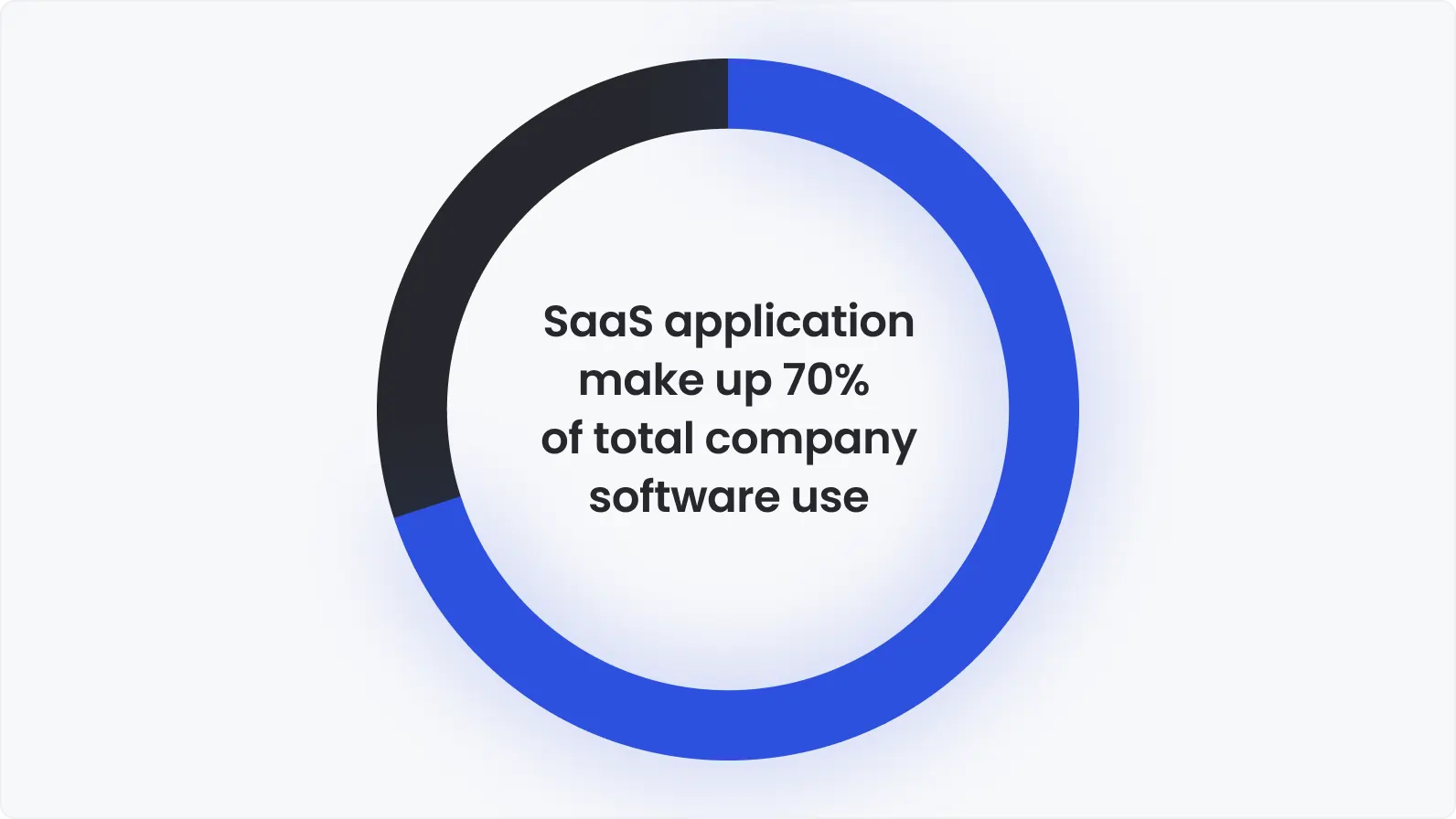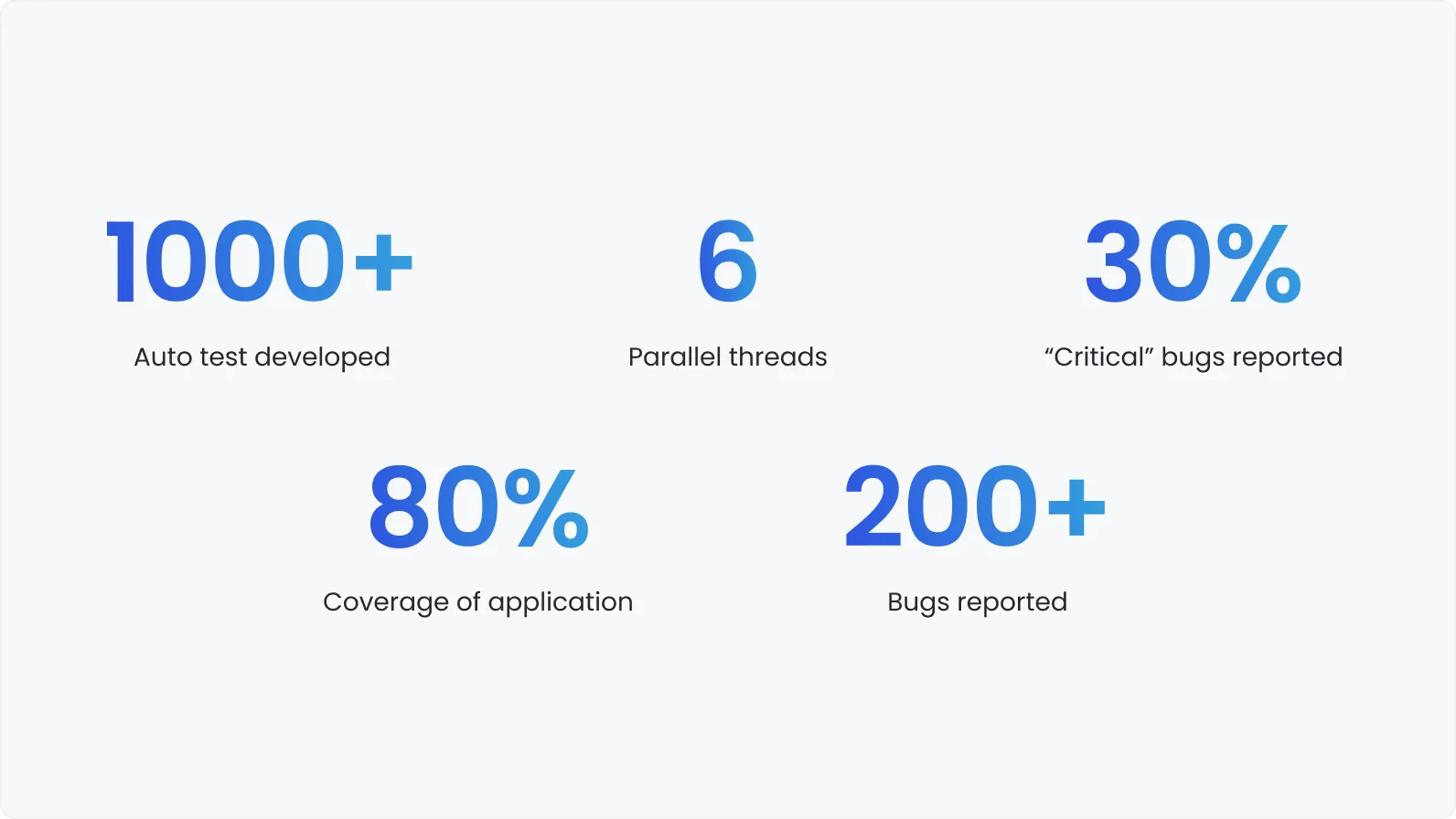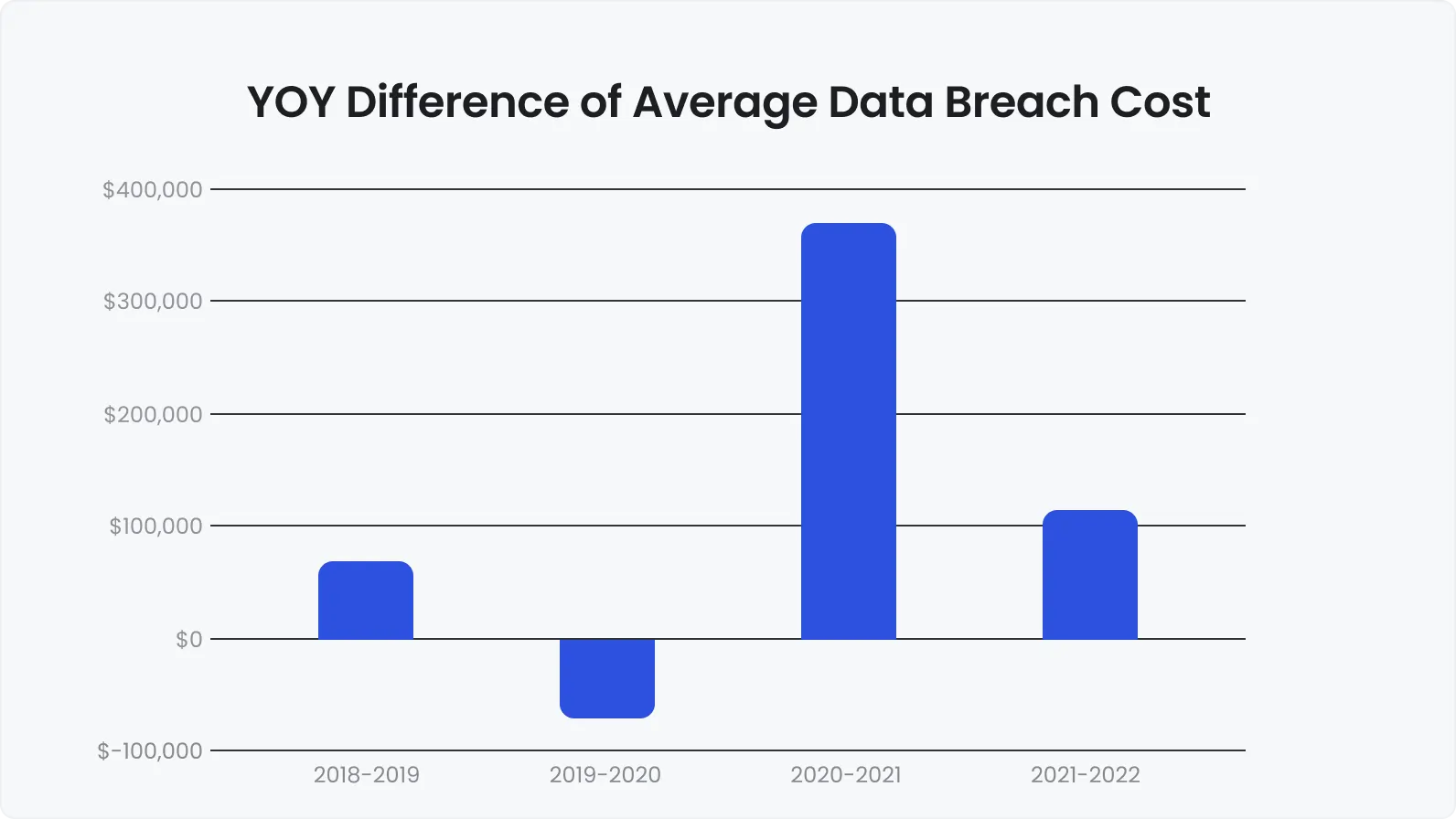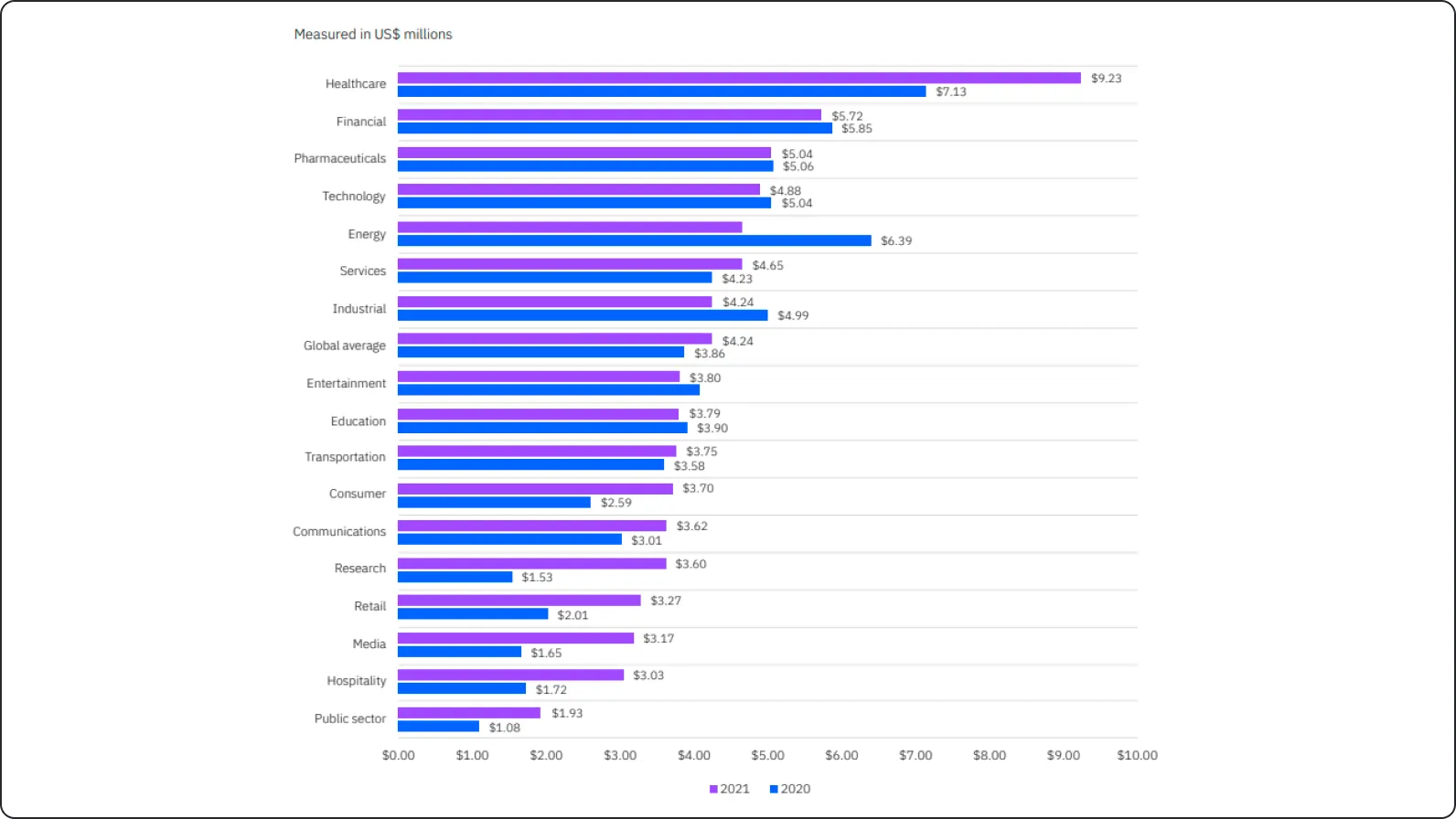Software-as-a-service (SaaS) applications have become the backbone of operations, offering unparalleled flexibility and accessibility. From streamlining collaboration to enhancing scalability, SaaS applications are integral to modern enterprises. Yet, ensuring these applications deliver optimal performance, security, and reliability is a complex task. This is where meticulous SaaS application testing comes into play.
Let’s briefly imagine a scenario where a popular project management SaaS application experiences a sudden surge in user activity after an aggressive marketing campaign. Yeah, they have won many new clients, but… But it slipped their minds that without thorough testing, this increased load could lead to system crashes, compromising the user experience and, consequently, the reputation of the application. Such incidents bear witness to the indispensable role of testing in fortifying SaaS applications against potential pitfalls.

How to avoid such faux passes? Keep reading since we’ll delve into SaaS best practices and tips for SaaS testing, navigating the intricacies to ensure these digital assets stand resilient in the face of dynamic business demands.
Understanding SaaS application testing
Imagine a dining table where food appears only when you use it. This is exactly what happens: there is nothing on the table itself, but just as you are about to dine, delicacies suddenly appear. SaaS applications can be compared to such a table. They do not contain information specifically in the software itself but “communicate” with the cloud.

SaaS test and app: Techy explanation
Let’s provide a more technically correct definition. SaaS application is cloud-based software that allows users to access and use software applications everywhere with an Internet connection. At the same time, users don’t need local installation or maintenance. These applications are hosted and managed by third-party providers, who are responsible for ensuring their availability, security, and performance.
Importance and examples of SaaS
Take Salesforce, for instance, a pioneering SaaS application in customer relationship management (CRM). Salesforce has broken the mold of how businesses manage their customer interactions, providing a scalable and user-friendly platform accessible from anywhere.
SaaS applications have become increasingly popular in recent years, with the global SaaS market expected to reach USD 55.3 billion by 2028, showing 16.6% CAGR growth. A 2023 Statista report predicts global SaaS revenue reaching a staggering USD 374.50bn by 2028, proving just how much businesses are hitching their wagon to this cloud-based revolution.

The significance of SaaS applications can be illustrated through other conditional examples. For instance, a healthcare provider that uses a SaaS-based electronic health record (EHR) system to manage patient data and streamline clinical workflows. The EHR system enables healthcare professionals to access patient information securely from any location, improving care coordination and patient outcomes.
Similarly, a fintech company may use a SaaS-based accounting software to manage financial transactions and generate reports, enhancing operational efficiency and compliance.
Objectives and goals of testing SaaS applications
It may sound weird, but we want to recall one book — “Noise” by Daniel Kahneman. The main idea is actually the phenomenon of noise that gets in the way of making a decision and seeing the goal clearly. And one of the ways to do away with the noise is thorough analysis without strictly defined results. In our case, make sure your app:
Meet the expectations: Recall any inconvenient app you’ve used in your life. Poor design, awful navigation, etc. Before creating an app, make sure you ask your target audience about their preferences and habitual patterns.
Keeps data safe: Everywhere and every time, trust is king. If you don’t want to end up like Bitcoin ATM company Coin Cloud that has been hacked drastically, test your app. Testing helps strengthen your app's security so user information stays untouchable.
Is able to scale: You won’t be at the same place in 5 or 10 years, innit? At least, you do want to grow, don’t you? So make sure your app is able to grow with your business. Testing prepares your SaaS for the mentioned growth, ensuring it thrives under increasing demand.
Puts user experience to the main corner: User experience only makes users return to one product over and over again. Amazon, Apple ecosystem, even Dell for some users — they all offer unforgettable interacting experiences. Testing eliminates frustration, paving the way for a smooth, satisfying journey.
SaaS testing challenges
Here are some challenges that make SaaS application testing a challenging task, especially if you do it with skill-limited resources:
Multi-tenancy: This one is more related to serial entrepreneurs. Imagine juggling multiple companies using the same SaaS platform, all with their own data and needs. Testing needs to consider this delicate balancing act, ensuring everyone gets a personalized, secure experience.
Example: A fintech company Tipalti developed a web platform for the automation of accounts payable. This can be complicated and at least time-consuming for companies. Our 20-person QA team set out a robust testing strategy, created necessary documentation, and set up an efficient QA process for every new feature. This way, Tipalti is able to release software updates 25 times a year.
Scalability: Your SaaS should be a trusty steed, galloping towards success regardless of user traffic. Testing helps it shed performance bottlenecks and avoid those dreaded server crashes when peak demand hits.
Example: A popular social media platform buckled under its own weight during a viral event (TikTok, is that you?), leaving users fuming and highlighting the need for rigorous scalability testing.
Data security: 2023 faced lots of cyber threats; so data security is no joke. Testing needs to be your digital fortress, constantly vigilant against hackers and ensuring your users' information stays safe.

Example: The main task of the SoftNAS case was to perform pre-release testing on different cloud platforms since the company operated under AWS, Microsoft Azure, VMware vSphere, and CenturyLink Cloud. Manual QA engineers were verifying fixes for bugs reported by other team members that were poorly described. The team encountered complex test scenarios. By the way, such scenarios usually require 2-3 connected virtual machines with shared data between them.
Key testing stages for SaaS applications
Testing SaaS applications is a complex and iterative process that involves multiple stages and activities. Each stage of testing is designed to address specific aspects of the application's functionality, performance, and security.
Think of your SaaS application as a digital castle. But just like any imposing structure, it needs a solid foundation and meticulous construction to stand the test of time. Below is each type of test and somewhat funny and exaggerated but understandable examples.
Unit testing
Unit testing is the first stage of SaaS application testing. At this stage, individual components or modules of the application are tested in isolation. The main goal of unit testing is to identify and fix defects in the code at an early stage before they can impact the overall functionality of the application.
Nutty comparison: Imagine tiny gremlins lurking in your code, ready to wreak havoc on your app's core functionalities. Unit testing is your valiant knight, scrutinizing each individual code unit (think functions, classes) to ensure they perform their duties flawlessly. This microscopic inspection is crucial, as a single gremlin can snowball into a major user-facing disaster.
Example: In 2021, a bug in a popular eCommerce platform's checkout system caused orders to go through without payment. This unit testing oversight led to significant financial losses and reputational damage.

Proof of importance: According to the Ponemon Institute and IBM, the average cost of a data breach in the US was USD 4.45 million in 2023 which is 2% higher compared to 2022. Unit testing can help prevent such breaches by identifying and fixing vulnerabilities in the code.
Integration testing
Integration testing is the second stage of SaaS application testing, where the QA team tests different modules or components of the app. This time, together, to ensure their compatibility and interoperability. Integration testing aims to identify and fix defects that may arise due to the interaction between different modules.
Nutty comparison: Picture your castle's various towers — the payment gateway, data storage, user interface — all interconnected. Integration testing ensures these “towers” have a single guardian team that seamlessly communicates and works together. Skipping this stage is like refusing to save your castle from dragons — your app might function in parts, but the overall experience will be disjointed and frustrating.
Example: A social media platform's flawed integration with a third-party analytics tool led to inaccurate data and misleading insights, impacting marketing decisions and user engagement.
Proof of importance: According to a report by Verizon, 43% of data breaches in 2020 involved web applications. Integration testing can help prevent such breaches by ensuring that all components of the application work together seamlessly.
Regression testing
Regression testing is the third stage. Here, previously tested modules or components are retested to ensure that changes or updates to the application have not introduced new defects or issues. Now, testers are trying to ensure that the application remains stable and functional over time.
Nutty comparison: Even after meticulous construction, shadows of doubt can linger. Regression testing is your vigilant sentinel, constantly monitoring your app for regressions — bugs that sneak back in after updates or changes. Like regularly polishing your guardian's armor at the mentioned castle, ensuring it remains strong against unforeseen attacks.

Proof of importance: In 2022, well-known company Tricentis conducted a study and found that 68% of organizations encounter regressions after deploying new code. Also, according to the 2021 Annual Data Breach Report, the overall number of data breaches was 1,862 up more than 68 percent compared to 2020. Regression testing helps mitigate this risk and saves time and resources compared to fixing bugs after release.
User acceptance testing
User acceptance testing is the final stage of SaaS application testing, where the application is tested by end-users to ensure that it meets their requirements and expectations. At this stage, the QA team is ensuring that the application is user-friendly, intuitive, and meets the business needs.
Nutty comparison: It’s akin to the inspection before the grand opening of your castle, where feedback improves your app into a masterpiece. User acceptance testing is users’ opportunity to kick the tires, test every feature, and ensure the app meets their expectations.
Example: A healthcare platform failed to meet user needs due to a lack of UAT. Doctors found the interface confusing and time-consuming, leading to low adoption and patient dissatisfaction.

Proof of importance: According to a report by the Ponemon Institute, the average time to identify and contain a data breach in the US was 287 days in 2021. User acceptance testing prevents such violations by ensuring that the application meets the business needs and is easy to use, reducing the risk of human error.
Best practices for SaaS application testing
SaaS testing can’t be completed half-heartedly and without a strategic approach covering all aspects of the application's functionality, performance, and security. Looking back at our metaphorical comparison, we've laid the foundation, built the walls, and now it's time to deploy the finest defenses for the SaaS fortress.
Test data management
We all want our software to be accurate, efficient, and secure. It’s where effective test data management comes into play. Test data should represent real-world scenarios and be anonymized to protect sensitive information.
Best practices:
Leverage data anonymization: Protect user privacy by masking real data with synthetic or anonymized versions.
Employ data seeding: Strategically plant-specific data sets to trigger targeted test cases and edge cases.
Implement data cleansing: Ensure data consistency and accuracy to avoid unreliable test outcomes.
According to the mentioned report by the Ponemon Institute, 47% of data breaches were caused by malicious or criminal attacks. With effective test data management, you’ll rest assured sensitive information is protected during the testing process.
Test automation
It can significantly improve the efficiency and effectiveness of the testing process, reducing the time and effort required for manual testing. And eliminating human errors, by the way. Automated testing tools can simulate real-world usage scenarios, identify defects and vulnerabilities, and generate detailed reports.
Benefits:
Reduced costs and time: Automate repetitive tasks and catch bugs early, saving resources and speeding up delivery.
Improved coverage: Automate comprehensive testing scenarios, leaving no corner untested.
Enhanced accuracy: Eliminate human error and guarantee consistent test execution.
Capgemini’s report states that test automation can reduce testing time by up to 50% and improve test coverage by up to 80%.
Security testing
An essential step to ensure that SaaS applications are protected against potential threats and vulnerabilities. Security testing covers all aspects of the application, including authentication, authorization, encryption, and access control. Organizations should also conduct regular vulnerability assessments and penetration testing to identify and address potential security gaps.
Strategies:
Penetration testing: Simulate real-world cyberattacks to identify vulnerabilities and patch them before bad actors exploit them. Create a bug bounty program if you have enough financial resources but lack human resources.
Vulnerability scanning: Regularly scan your code and infrastructure for known weaknesses and patch them promptly.
API security testing: Secure your application programming interfaces (APIs), the gateways to your data, to prevent unauthorized access and data breaches.
Identity Theft Resource Center rolled out its quarterly Data Breach Analysis, which states 445 publicly reported data compromises in Q1 2023. By adopting robust security testing practices, companies of all sizes can minimize the risk of data breaches and protect their sensitive information.
Scalability testing
Another critical component is to ensure that SaaS applications can handle increasing volumes of users and data without compromising performance or availability. Scalability testing also must simulate real-world usage scenarios and must cover all aspects of the application, including database performance, network bandwidth, and server capacity.
Techniques:
Load testing: Simulate high traffic volumes to identify bottlenecks and optimize performance under pressure.
Stress testing: Push your app beyond its expected limits to assess its breaking point and prevent real-world crashes.
Spike testing: Simulate sudden bursts of traffic to ensure your app can handle unexpected surges without buckling.
Gartner says 70% of SaaS applications will become mission-critical for business operations by 2022. By conducting thorough scalability testing, organizations can ensure that their SaaS applications can meet the growing demands of their business operations.
Performance testing
Performance testing ensures that SaaS applications are optimized for speed, responsiveness, and user experience. Such testing should cover all aspects of the application, including load testing, stress testing, and endurance testing. Companies should also regularly monitor performance to identify and address potential bottlenecks and issues.
Techniques:
Load balancing: Distribute traffic across multiple servers to prevent bottlenecks and maintain consistent performance.
Database optimization: Tune your database queries and indexing to avoid slow data retrieval and sluggish user interactions.
Front-end optimization: Minify code, leverage caching mechanisms, and optimize resource loading to ensure lightning-fast page rendering.
According to Akamai’s white paper, a one-second delay in page load time can result in a 7% reduction in conversions. So adopt effective performance testing practices, and you’ll be able to improve the user experience and maximize the value of your SaaS applications.
Tips for successful SaaS application testing
Collaborate with development teams
When testing and development teams go hand in hand, the company gets a well-tuned conveyor. DevOps culture, Agile methods, and other appropriate organizational ways ensure that testing aligns seamlessly with ongoing development without (or almost without) bottlenecks. Companies like Slack exemplify this synergy, where a collaborative approach to testing contributes to rapid feature rollouts.
Emulate real-world scenarios
They say coding is a predictable and boring thing. That will be the day! There is a lot of space to be creative and effective. SaaS tests transcend scripted scenarios with real-world emulation. Designing tests that mirror actual user behavior allows testers to uncover nuances that scripted tests might miss. This approach, evident in platforms like Microsoft 365, ensures that applications are resilient to diverse user interactions. To excel in the SaaS testing arena, think out of the script.
Regularly update test environments
Maintaining an up-to-date test environment is the backstage ritual that ensures a smooth onstage performance in SaaS testing. Much like Broadway stages are meticulously prepared for each new show, keeping your testing environment current prevents compatibility issues. The success of platforms like Zendesk relies on a constantly updated test environment, facilitating a seamless transition from testing to production.
Monitor and analyze metrics
Keeping an eye on metrics is the compass guiding your testing voyage. Collecting performance and user data unveils valuable insights into application behavior. HubSpot leverages comprehensive metric analysis to fine-tune user experiences continuously. And why should you be worse? Metrics serve as your North Star, guiding testing efforts toward optimizing performance and ensuring user satisfaction.
Embrace the learning spiral
No samurai ever stops honing their skills. The same goes for a true SaaS tester. Embrace a growth mindset and continuously learn new testing techniques, tools, and frameworks. Explore emerging technologies like AI-powered testing or security automation. Share your knowledge with your team by developing a culture of continuous improvement in your testing dojo.
To sum it up
The SaaS market is ever-evolving and fast-paced. For this reason, SaaS testing requires collaboration between different divisions inside a single company. And with different vendors as well.
Orchestrated testing methods focused on data management, automation, security, scalability, and performance demonstrate a unified approach to continuous improvement.
One more time — a user-centric approach focusing on collaboration, realistic scenario generation, environment maintenance, metric analysis, and automation is the most important aspect of testing. Robust testing then is the keystone for delivering seamless, secure, and scalable digital experiences.
The DeviQA team is ready to assist you in your SaaS testing journey as we have been doing for many reputable companies.
